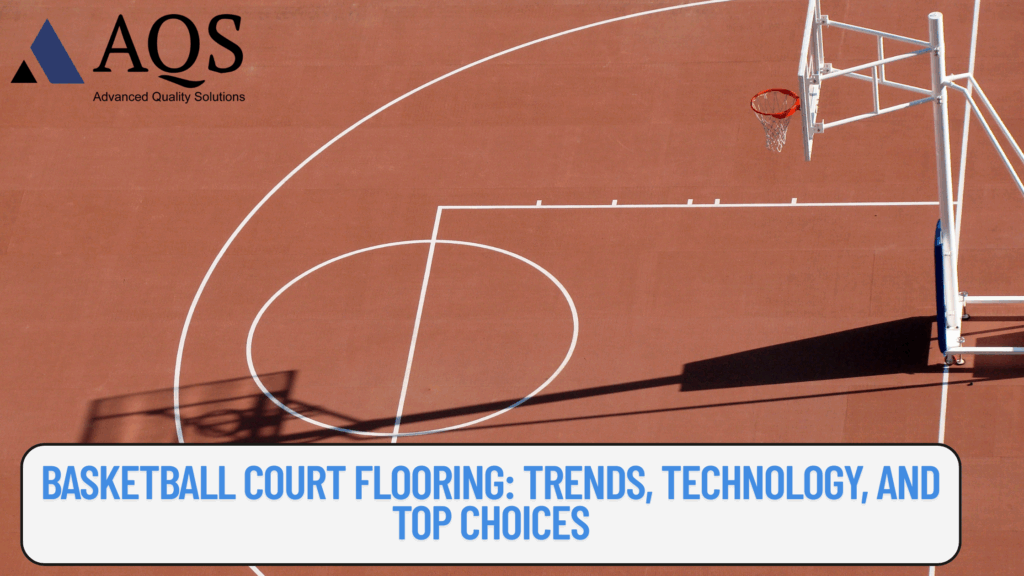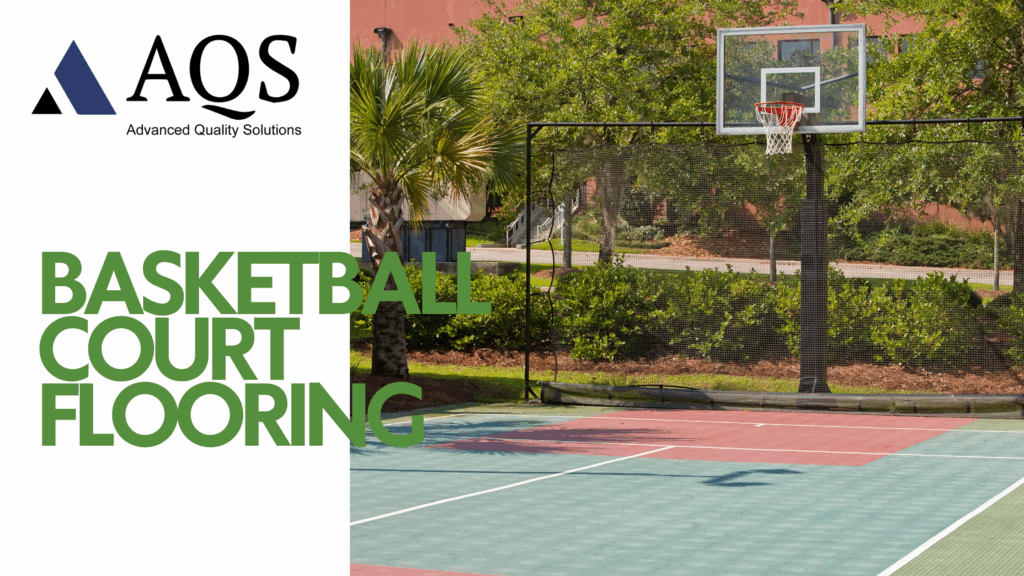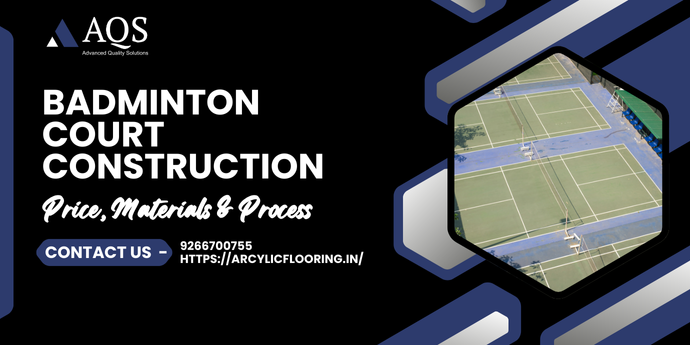
Are you thinking about building an outdoor synthetic badminton court and wondering what the overall cost might look like? Here’s a simple way to understand it, based on insights from leading sports structure companies in India. The price mainly depends on two things: the type of surface material you choose and whether you already have a prepared base, such as concrete or asphalt. Synthetic acrylic surfaces are considered a premium choice because they combine durability with excellent play performance, while modular tile systems are often chosen for their quick installation and easy maintenance.
When planning your budget, it’s important to calculate the full area of the court, not just the playing lines. A standard badminton court has fixed dimensions, but when you add the recommended space around it as per the Badminton World unions guidelines the total developed area becomes larger. This extra space is important because it ensures players have room to move freely and safely, and this is the information most suppliers use when giving price rate.
What affects the cost of building an outdoor badminton court?
The cost of an outdoor badminton court flooring in India depends on a combination of technical, prepared and design detail. Understanding each of these helps avoid hidden costs and ensures the project meets international standards and long term performance goals.
Badminton Court Dimensions and Space
Every badminton court is built on a fixed order set by BWF which describes its length, width and net placement. But professional outdoor courts also require safety consent around the playing area. These zones ensure players can move freely without getting injured. When these consents are added the overall space that needs flooring becomes much larger and directly impacts the material requirement and construction cost.
Condition of the Base Surface
A badminton court is only as strong as the base it is built on. If the surface is uneven, cracked or lacks proper slope for drainage the cost of preparing it increases significantly. Base preparation often involves leveling, repairing and sometimes reconstructing the sub-structure with concrete base. Skipping this stage may reduce initial cost but often leads to cracks, waterlogging or premature wear of the surface. That’s why professional builders highlight site surveys before setting a cost.
Choice of Badminton Flooring Material
Material selection plays a big role not only in upfront cost but also in long term value. Synthetic acrylic flooring systems are currently the most trusted option in India due to its weather resistance, UV stability and ability to deliver professional play quality. Floorings like PU or PVC are generally less effective outdoors they may look good at first but require higher maintenance and replacements. Modular PP tiles are a budget friendly option but compromise on performance. AQS recommends acrylic systems as they balance affordability, durability and performance
Additional Features and Finishing
An outdoor badminton court is more than just a playing surface. lighting, seating and landscaping adds to the usability and looks but obviously increases the overall cost. These add-ons however create a facility that can host tournaments, training programs and community events and hence offers more long term value.
How AQS Delivered a Cost-Effective Outdoor Badminton Court
A well-known private school in Pune, Maharashtra, was struggling with its existing play area. The ground was nothing more than a dusty, uneven concrete surface, and while students attempted to play badminton on it, the conditions were unsafe. Poor grip led to frequent slips and minor injuries, and during the rainy season the surface became completely unusable. The school management realized that if they wanted to promote badminton seriously, they needed to invest in a synthetic shuttle court that could perform year-round and stay within their limited budget. When approached, AQS (Advanced Quality Solutions) carried out a detailed site inspection to understand the exact conditions. The team recommended installing a 7-layer cushioned acrylic system, which is widely preferred for its shock absorption, safety, and durability.
The process began with leveling and repairing the existing base using AQS-approved badminton court construction materials. This was followed by applying acrylic resurfacer, multiple cushion coats for added comfort, and two layers of color coat to achieve a professional finish. The court was then completed with precision line marking and the installation of posts, net, and fencing. The entire project, covering approximately, was executed a synthetic court badminton at an affordable price.
Steps to build an outdoor badminton court
Building an outdoor badminton court is not a one-step process; it requires clarity, technical knowledge and keeping to international standards. Below are the professional steps followed by AQS.
- Site Preparation and Planning: The process starts with a site inspection. Engineers check the soil quality, slope and drainage. And design a badminton court layout that meets international standards while reducing long term maintenance cost.
- Base Construction: Once the planning is done, a solid base is built. This foundation can withstand heavy usage and climate changes. A poorly built base is one of the main reasons badminton courts fail soon.
- Primer and Resurfacer: Before the playing surface layers are applied, the base is sealed with a primer and resurfacer. This stops moisture drip and ensures strong bonding for the next coat. It’s an important step for longevity.
- Cushion Layers: For badminton courts, schools, academies or regular training sessions, cushion layers are recommended. These layers reduce stress on player’s joints, improve comfort and safety during long hours of play. They also convert premium courts into basic installations.
- Color Coating: High quality acrylic coatings are applied in chosen colors to increase visibility, aesthetics and performance. These coatings are engineered to resist UV damage and weather change, so the court looks and benefits for years.
- Line Marking: Exact line markings are crucial for fair play. Using BWF approved dimensions and specialized paint, AQS ensures every court is ready for recreational and competitive matches.
- Accessories: The final phase includes bound lighting, net posts and sometimes viewer seating. These elements turn a playing surface into a complete facility that can host community events and competitions.
Outdoor Badminton Court Best Materials
Choosing the right material for an outdoor badminton court can feel huge, especially with so many options available. In India, where the weather swings from burning heat to heavy monsoons, the badminton court surface has to do more than just look good; it needs to stand strong year after year. That’s why schools, academies, and sports clubs often lean toward cushioned acrylic flooring. It’s comfortable underfoot, offers a strong grip, and protects players from slips and falls. For those who spend hours practicing, the cushioned layers also make a big difference, easing the strain on knees and joints. What people love most is that acrylic badminton courts don’t just perform well; they also hold up against rain, sun, and dust with very little maintenance.
On the other hand, some facilities explore modular PP tiles, especially when they need a quick or temporary setup. These tiles are easy to install and can be a practical solution for uneven ground or multipurpose spaces. While they are handy and budget-friendly, players often notice that the bounce of the shuttle feels a little different compared to an acrylic surface. This is why serious training centers usually stick with acrylic, reserving PP tiles for more flexible or short-term needs.
When it comes to international competitions, the BWF recommends wooden floors paired with certified mats. This combination creates the most professional playing conditions with consistent bounce and great comfort. But wooden surfaces are better suited for indoor stadiums, where temperature and moistness can be controlled. For most outdoor badminton courts in India, cushioned acrylic has become the go-to choice. It balances performance, cost, and durability, while giving players a safe and enjoyable space to train and compete.
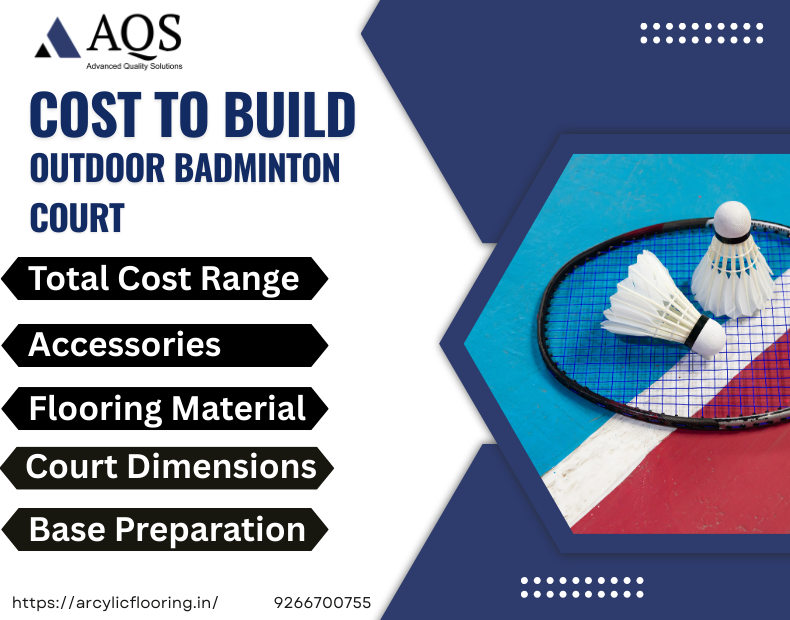
Why Pick AQS for Outdoor Badminton Courts?
Selecting the right partner can make or break a project. Here is why AQS has become one of the most trusted names in outdoor badminton court construction in India:
- Certified and Good Materials
All AQS systems are ITF- and ISO-certified, ensuring international quality standards. This means clients can count on the durability, safety, and eco-friendly of the badminton court materials used. - Layering Systems
Every client has unique needs and budgets. AQS offers systems ranging from 5-layer to 8-layer acrylic badminton courts, allowing flexibility without compromising quality. - Project Management
AQS gets rid of the problem of dealing with multiple contractors by managing everything from base construction to final accessories. This united approach guarantees responsebility and smoother effecting. - Long-Term Value
Unlike contractors who arrange low costs, AQS focuses on surfaces that have low maintenance cost and last longer, ensuring better returns on investment.
What’s included in a full project ?
At AQS we offer synthetic acrylic badminton court flooring materials with a third party installer. A full badminton court project requirement are as follows –
Site Survey and Planning
Every successful project begins with a thorough site inspection. Engineers check out the land, slope and soil conditions, and plan for drainage to ensure the badminton court meets BWF standards. This step stops future problems like waterlogging or badminton court surface cracks.
Base Construction with Concrete Base
The base controls the court’s longevity. AQS builds strong concrete bases that provide stability and durability. A well-prepared base ensures that the top layers remain smooth and crack-free for years of use.
Application of Layering System
Multiple layers are applied systematically to achieve performance and comfort. Primer and resurfacer prepare the badminton court surface, cushion coats add shock involvement for player safety, and color coats provide slip resistance and visual appeal.
Line Marking
Exact line marking is necessary for fair play. Using high-quality, weather-resistant paint, AQS ensures every badminton court is marked according to BWF guidelines, making it suitable for both practice and competition.
Installation of Badminton Court Systems
Beyond the playing badminton court surface, badminton courts often include fencing to protect the area, strong net posts for gameplay, and lighting systems for evening matches. These features turn a basic surface into a complete facility.
Maintenance Guidelines and After-Care
AQS provides clients with clear instructions on cleaning, inspection, and upkeep. Their after-care support ensures the court continues to perform at a high level, reducing long-term maintenance costs.
Quality Checks
To guarantee international standards, AQS monitors every stage of the project. From base badminton court construction to final coatings, each step undergoes inspection, ensuring durability, safety, and professional-grade performance.
Badminton Court Cost You Might Need to Verify
Clarity is key in any construction project. When reviewing rate from vendors, here are some cost elements that clients should always verify:
- Material vs. Installation: Some contractors set only for material supply, while others include both material and installation. Clarifying this prevents unexpected increases later.
- Base Preparation and Drainage: Not every set includes site leveling, drainage, or base construction. Since these are crucial for the badminton court’s longevity, confirm whether they are part of the package.
- Warranty and Guarantee: A trustworthy company will back its materials and handiwork with clear warranties. Always check what issues like cracks, fading, or peeling are covered.
- Accessories and Add-Ons: Items such as fencing, lighting, and net posts may or may not be included. Verifying this ensures you have an exact picture of the full project budget.
- Maintenance Services: Some contractors provide after-sales support, including inspections and cleaning guidance. This adds long-term value and should be clarified upfront.
Conclusion
At the end of the day, the best material for an outdoor badminton court is the one that balances performance, durability, and comfort for the players who will use it most. While international tournaments may prefer wooden courts with mats, that option simply doesn’t fit the realities of outdoor badminton court play in India. For schools, academies, housing societies, and community clubs, cushioned acrylic flooring stands out as the most reliable and future-proof choice. It handles India’s uncertain weather, delivers a professional playing experience, and requires very low maintenance.
Modular PP tiles may work well in temporary setups or on uneven bases, but for anyone looking to build a long-lasting badminton court that inspires confidence in every game, acrylic badminton court surfaces remain the gold standard. Choosing wisely isn’t just about building a court, it’s about creating a safe, enjoyable space where players can learn, compete, and fall in love with the sport of badminton.
Frequently Asked Questions
The most cost-effective method starts with a current concrete base covered with a 5-layer non-cushion acrylic finish.
Non-cushioned acrylic has simpler layers and provides a plain surface. Cushioned acrylic, on the other hand, includes extra rubber-like layers. These make it more comfortable to use and reduce tiredness while playing.
The size of a regulation court is 44×20 feet. Including extra clearance, you will need a total area of 57.1×29.8 feet, which equals 1,700 square feet. Be sure to include this full area when planning your budget.
The surface-cost option covers just the basics like acrylic or tiles and line markings. Turnkey costs include way more features. They add base preparation, fencing, posts, nets, and even lighting. Always double-check what’s included before picking one.

